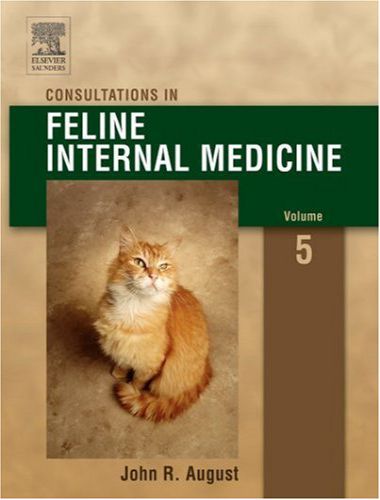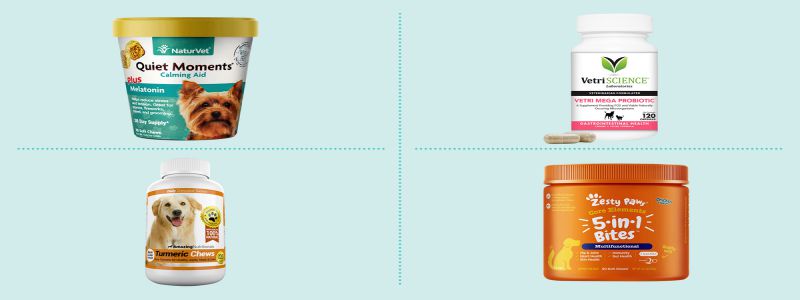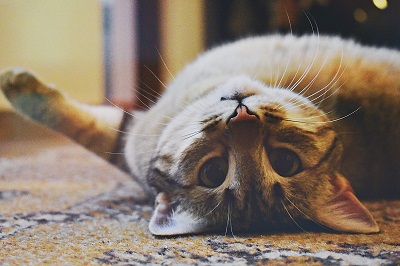CAT FOODs:
Cat foods is the talk of modern era. There has been global growth in the number of domestic pets. Production of food for pets exceeded two million tons in 2010 due to fastest worldwide growth areas. Cats are obligate carnivores. Cats diet comprises of 52% protein, 36% Fat and 12% carbohydrates. As a result, we have to study nutritional values of them. Cats can use amino acids (Building blocks of protein) as a source of energy for gluconeogenesis ( synthesis of glucose).

Cat Foods Complete Overview
Value of Corn in Cat Foods:
Corn is valuable fiber source of nutrient in cats. Rice Bran is also a magnificent source of amino acids because it contains micronutrients such as magnesium, manganese and B vitamins bio-active molecules such as tocopherols, tocotrienols, polyphenols, all of which have strong antioxidants.
Types of Cat Foods:
Vast range of foods for cats are commercially available on the market, including dry and wet products, canned foods. The components include products and byproducts of animal origin like meat or plant derived materials. These components also contain contaminants element that are potentially toxic to pers. Certain nutrients, consist many vitamins and amino acids are decomposed by the temperature, pressure and chemical treatments used during manufacturing of foods.
Deficiency of Vitamins:
Vitamin deficiencies can cause wide range of clinical abnormalities like skin disorders, bones problem etc. that can also see in metabolism of cats.
Cat Energy Requirement:
Energy Requirements for Adult cat range from 60-70Kcal/kg BW (Body weight). Kittens required 250 kilo calories/kg in first 5 weeks of age. Gestating cats require almost 90-100kcal/kg BW and Lactating cats require 90-270kcal/kg BW.
Macronutrient in Cats Foods:
The macronutrient composition of a diet, is correlated with the urine pH of cats. Alterations in urine pH are due to the impact of cation and anion equilibrium of the animals .Experimental design methodology was used to optimize an analytical methods for identification of mineral element composition of cats.
REFERENCES:
- Veterinary Discussions
- Elias, E.A.N. Fernandes, M.A. Bacchi, J. Rasional. Nucl. Ch. 291 (2012) 245-250.
- Thompson, Top. Companion Anim. Med. 23 (2008) 127-132.
- Non-pet food: label design & format guide. Association of American Feed Control Officials. Oxford, 2003.
- Howell E. Food Enzymes for Health & Longevity Woodstock Valley, CT, US:Omangod Press xx. 1980.
- Markwell, P.J., Buffington, C.T., Smith, B.H., 1998. The effect of diet on lower urinary tract disease in cats.J. Nutr.128, 2753-2757.
- Wagner, E., Keusch, C., Iben, C., 2006. Influence of the food base excess on urine traits in cats. J. Anim.Physiol.Anim.Nutr. (Berl) 90, 19-24.
- Cohen, I., Hurwitz, S., 1974. The response of blood ionic constituents acid-base balance to dietry sodium,potassium and chloride in laying fowls. Poult, Sci,53,378.
- Block, E., 1984. Manipulating dietry anions and cations for prepartum dairy cows to reduce incidence of milk fever.J.Diary Sci.67, 2939-2949.
- J., Frassetto, L.A., Katzinger, J., 2009. Diet-induced acidosis: is it real and clinally relevant? Br. J. Nut., 1-10.






